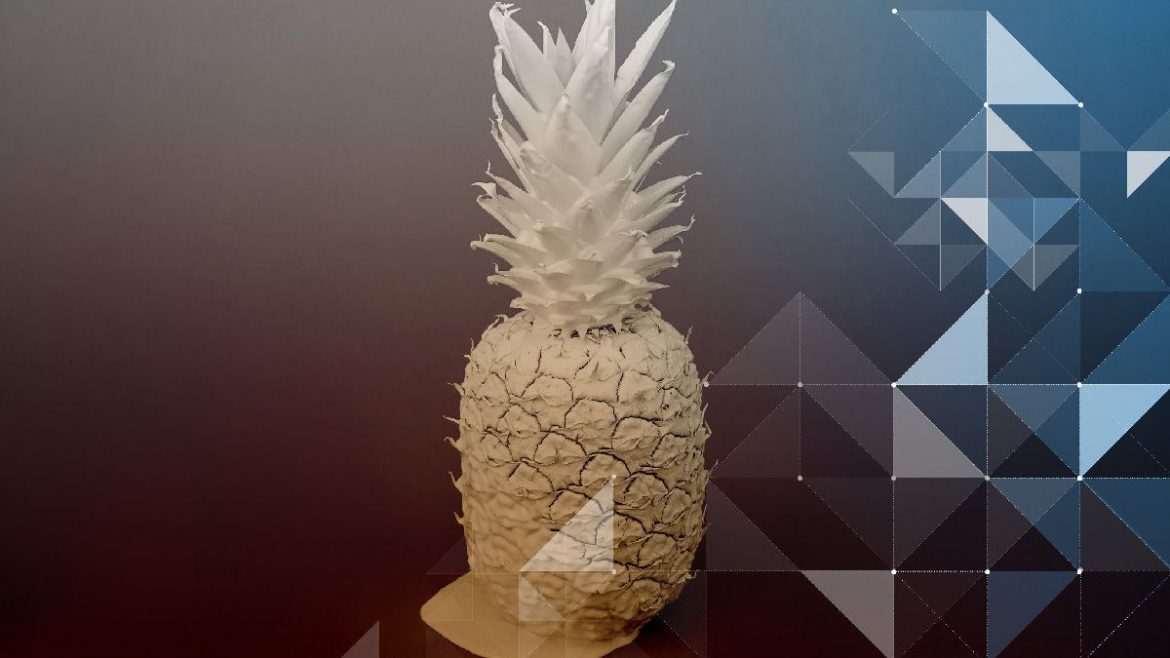Blockchain technology is changing lives and disrupting conventional systems. From financial systems to food supply chain, and from digital pets to sharing computing power, the technology has been integral to redefining what we can do with technology.
Thanks to this technology, one of the most expensive industries in the world is gradually getting a digital makeover.
How Art Benefits from Blockchain
It wasn’t too long ago that blockchain started being considered as the potential solution to the many problems that the world of art faced on a regular basis.
The issues include to tracking and transferring ownership, establishing provenance, and proving authenticity. In the conventional mechanism, these problems are often based on the credibility of the seller or through a slew of paperwork that seems hard to manage.
But in the immutable ledger of blockchain, these problems can be effectively addressed through digital solutions.
Tracking and Transferring Ownership Through Tokenization
Transference of ownership is being made easy by the tokenization of artworks as real world assets. Since the blockchain is an immutable yet verifiable ledger, the record of any asset could be easily trusted as long as the digital documentation is provided along with them.
If a blockchain has the processes in place, then any user could trust the tokens that are being shared with them as being the true representation of artworks. This cuts through long form paperwork, saving on transaction time and costs.
This could also work for tracking an artwork’s previous transaction history, since it remains concrete on the blockchain.
Tokenization has already been demonstrated by blockchain platform Maecenas in July 2018.
Partnering with the Dadiani Fine Art gallery in London, the initiative offered fractional stakes in a piece by Andy Warhol. The work was broken into shares, where 31.5% of these shares were put up for sale for a cumulative value of $5.6 million.
Establishing Provenance and Authenticity
The immutable ledger could also work in establishing provenance and authenticity for artworks.
Since the track record is all there, all that art studios or galleries have to do is to meet the initial process requirements of documentation and records. From there onward, the task of establishing and provenance and proving authenticity gets that much easier.
This was demonstrated in November 2018, when Christie’s New York joined hands with a blockchain art registry by the name of Artory. The partnership saw the management of a $318 million Barney A. Ebsworth collection. The transactions were recorded on Artory’s platform, providing a surefire way to track them accordingly.
These are just a couple of examples of how blockchain is resolving the problems that artwork sellers and buyers face at the moment. Through more advancements, blockchain technology could benefit artists and the world of art even further.
